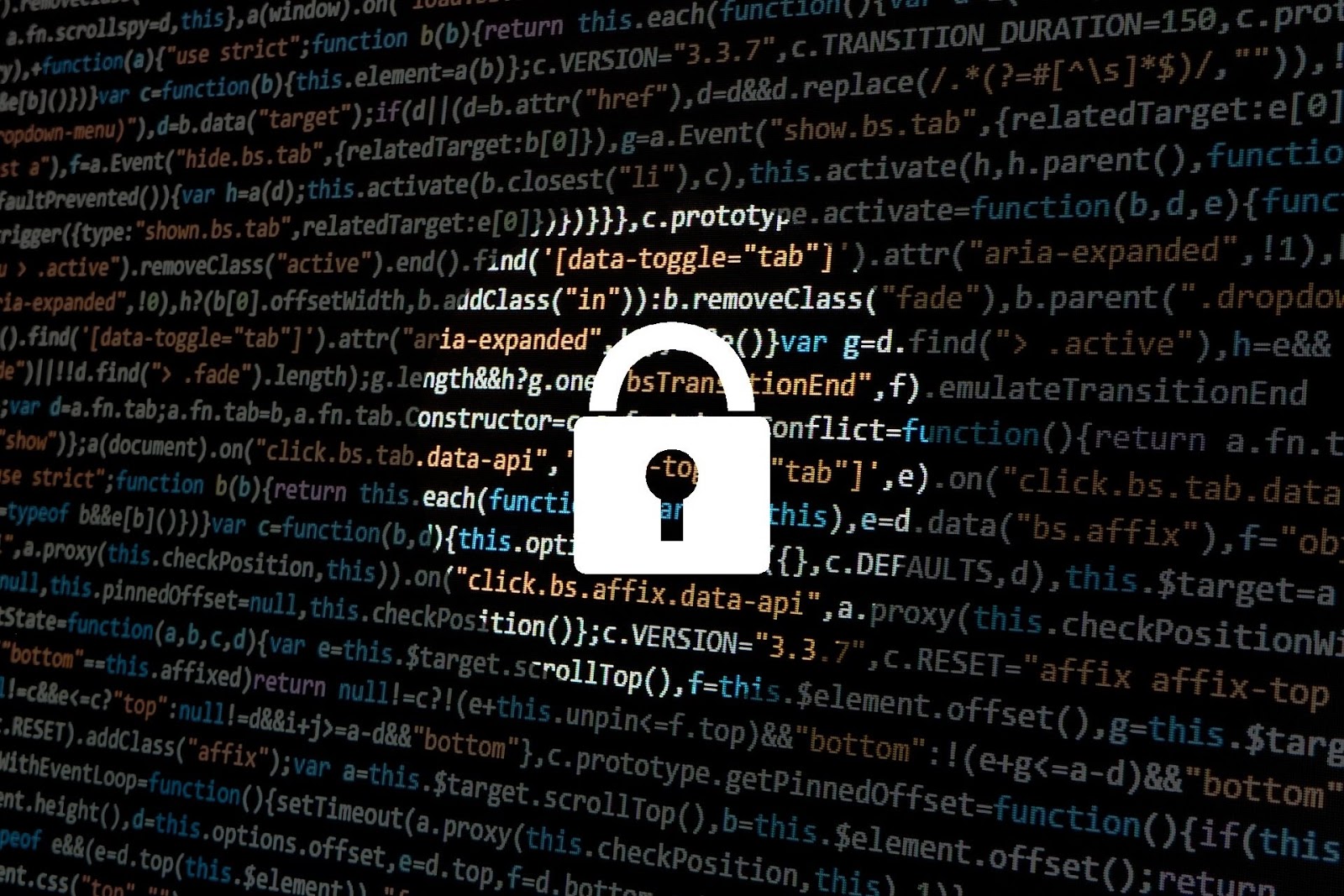Last Updated on: 22nd November 2023, 02:23 pm
In today’s digital landscape, the complexity and sophistication of cyber threats continue to grow. Regardless of their size or industry, organizationsface an ever-expanding array of cyber risks that demand comprehensive and agile cybersecurity solutions.
Extended Detection and Response (XDR) has emerged as a powerful and essential tool in the cybersecurity arsenal. In this article, we’ll delve into what XDR is, why it’s important, which businesses need it, tips for choosing service providers, and strategies for maximizing its effectiveness.
What is Extended Detection and Response (XDR)?
Extended Detection and Response (XDR) is an advanced cybersecurity framework that provides comprehensive threat detection and response capabilities across an organization’s entire digital ecosystem. Unlike traditional security solutions that focus on individual security layers (such as network, endpoint, or email security), XDR takes a holistic approach by integrating data and insights from multiple sources.
XDR security solutions collect and analyze data from various security tools, includingEndpoint Detection and Response (EDR) systems, which monitor and protect individual devices, and network security, which monitors network traffic and identifies anomalies. It also utilizes email and cloud security, detecting and mitigating email-based threats and securing data and applications hosted in the cloud.
By aggregating and correlating data from these sources, XDR provides a unified view of an organization’s security posture, enabling more effective threat detection, investigation, and response.
Why XDR is Important
XDR has become crucial in the fight against cyber threats for several reasons:
1. Sophistication of Cyberattacks
Cybercriminals are continuously evolving their tactics and techniques, making it increasingly challenging to detect and defend against threats. XDR’s ability to correlate and analyze data from multiple sources helps organizations identify complex and stealthy attacks that might go unnoticed by traditional security tools.
2. Regulatory Compliance
Many industries are subject to strict regulatory requirements concerning data protection and cybersecurity. XDR can help organizations demonstrate compliance by providing a centralized platform for monitoring and reporting on security incidents.
3. Increased Attack Surface
The growing adoption of remote work, cloud services, and IoT devices has expanded the attack surface for cyber threats. XDR’s holistic approach helps organizations secure their digital ecosystems comprehensively.
4. Real-time Threat Response
XDR enables organizations to respond to threats in real-time, minimizing the potential impact of cyberattacks and reducing downtime and associated costs.
Which Businesses Need XDR?
While XDR offers valuable benefits to organizations of all sizes and industries, it’s particularly essential for large enterprises, which often have complex and distributed IT environments, making them prime targets for cybercriminals. XDR is also helpful for highly regulated industries such as healthcare, finance, and government that face stringent regulatory requirements related to data protection and cybersecurity.
Also, businesses with valuable intellectual property, trade secrets, or proprietary information are attractive targets for cyber espionage. XDR can safeguard these assets by detecting and mitigating advanced threats. Furthermore, companies with remote workforces have more complex cybersecurity challenges these days. XDR can help organizations secure remote employees and devices by providing centralized threat detection and response capabilities.
Tips for Choosing XDR Service Providers
Selecting the right XDR service provider is a critical decision that can significantly impact your organization’s cybersecurity posture. When evaluating XDR service providers, consider their expertise and reputation. Look for providers with a proven track record in the cybersecurity industry. Research their reputation, client testimonials, and case studies to assess their expertise and credibility.
Ensure the XDR solution can seamlessly integrate with your existing security infrastructure and tools. Compatibility and ease of integration are essential for effective implementation.You must also choose an XDR solution that can scale with your organization’s growth. Your cybersecurity needs may change as your digital ecosystem expands, so the solution should be flexible and adaptable.
XDR’s effectiveness relies on real-time monitoring and threat detection, so always verify that the provider offers 24/7 monitoring services and rapid incident response capabilities. If your organization operates in a regulated industry, confirm that the XDR service provider can assist with compliance requirements and reporting. Plus, each organization has unique cybersecurity needs, so look for providers that can tailor their XDR solutions to match your specific requirements and risk profile.
Tips for Best Utilizing XDR
Once you’ve chosen an XDR service provider, you want to maximize the effectiveness of your XDR implementation. As such, educate your employees about the importance of cybersecurity and their role in maintaining security. Awareness training can help prevent human error that often leads to security incidents. Keep your XDR solution and all other security tools up to date with the latest patches and updates, too. Cyber threats evolve rapidly, so maintaining current defenses is crucial.
Develop a comprehensive incident response plan that outlines the steps to take in the event of a security incident. Regularly test and update this plan to ensure its effectiveness. Lastly, establish 
In a world where cyber threats constantly evolve, organizations must adopt advanced cybersecurity measures to protect their digital assets and maintain business continuity. By implementing XDR and following best practices, organizations can enhance their cybersecurity posture, minimize risks, and stay resilient in the face of evolving cyber threats.








